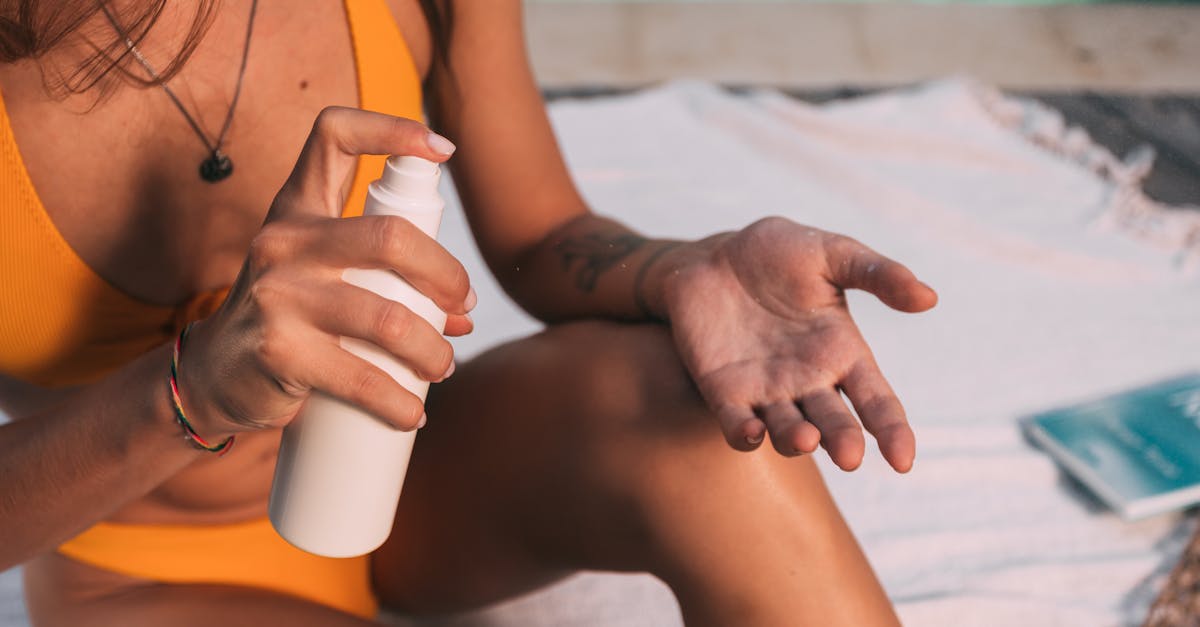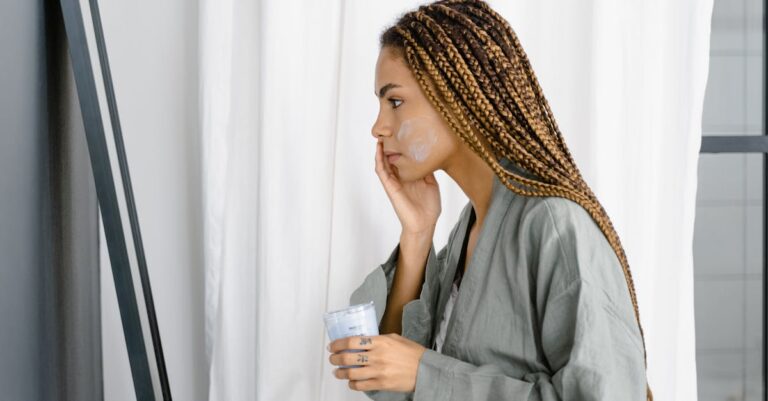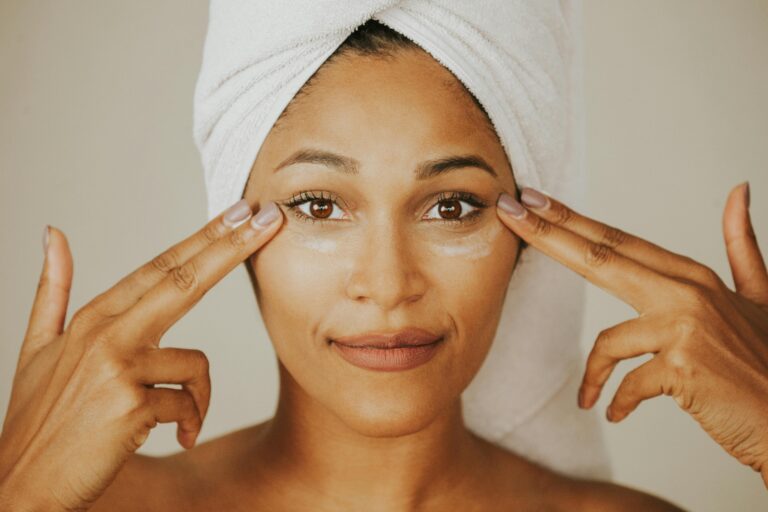Sunscreen is often considered the most important skincare product. Whether your goal is anti-aging, preventing hyperpigmentation, or maintaining overall skin health, daily sun protection is essential. In this guide, we’ll break down why sunscreen is a must, how to choose the right one, and how to use it correctly.
Why Sunscreen Is Essential
Sunscreen protects the skin from ultraviolet (UV) radiation, which can cause significant damage over time. Here’s why it should be a non-negotiable step in your routine:
- Prevents Premature Aging – UV rays break down collagen, leading to wrinkles, sagging, and fine lines.
- Reduces Risk of Skin Cancer – UV exposure is the leading cause of skin cancer.
- Prevents Hyperpigmentation – Sun exposure can worsen dark spots, melasma, and acne scars.
- Protects Against Sunburn – Burns damage skin cells, increasing the risk of long-term harm.
Understanding UV Rays: UVA vs. UVB
- UVA (Aging Rays): Penetrates deep into the skin, causing premature aging and DNA damage.
- UVB (Burning Rays): Affects the surface, leading to sunburn and increased skin cancer risk.
- Blue Light (HEV Light): Emitted from screens, contributing to skin aging and pigmentation.
A broad-spectrum sunscreen protects against both UVA and UVB rays, making it the best option.
Choosing the Right Sunscreen
1. SPF (Sun Protection Factor)
- SPF 30 – Blocks ~97% of UVB rays; ideal for daily use.
- SPF 50 – Blocks ~98% of UVB rays; recommended for extended sun exposure.
- SPF 100 – Offers slightly higher protection but needs reapplication just like lower SPFs.
2. Chemical vs. Mineral Sunscreen
- Chemical Sunscreens: Absorb UV rays and transform them into heat (e.g., avobenzone, oxybenzone).
- Pros: Lightweight, blends easily, works well under makeup.
- Cons: Can irritate sensitive skin, takes 15-20 minutes to activate.
- Mineral Sunscreens: Physically block UV rays (e.g., zinc oxide, titanium dioxide).
- Pros: Immediate protection, gentle on sensitive skin, reef-safe.
- Cons: Can leave a white cast, thicker consistency.
3. Water Resistance
- Water-Resistant (40 min) – Suitable for short outdoor activities.
- Very Water-Resistant (80 min) – Best for swimming and sweating.
How to Apply Sunscreen Correctly
- Use the Right Amount – Apply two fingers’ worth for the face and a shot glass amount for the body.
- Apply 15 Minutes Before Sun Exposure – Allows absorption (for chemical sunscreens).
- Reapply Every Two Hours – Especially after swimming or sweating.
- Don’t Forget These Areas:
- Ears
- Neck & chest
- Hands
- Scalp (if not covered by hair)
- Lips (use SPF lip balm)
Common Sunscreen Myths Debunked
❌ Dark skin doesn’t need sunscreen – Melanin provides some protection but doesn’t prevent sun damage.
❌ You don’t need sunscreen indoors – UVA rays penetrate windows, causing long-term damage.
❌ Makeup with SPF is enough – The amount used in makeup isn’t sufficient for proper protection.
❌ Waterproof sunscreen lasts all day – No sunscreen is truly waterproof; reapplication is key.
Final Thoughts
Sunscreen is the most powerful anti-aging and protective skincare step. Make it a daily habit, rain or shine, to maintain healthy, radiant skin.
Do you wear sunscreen daily? Let us know your favorite sunscreen brand in the comments!




